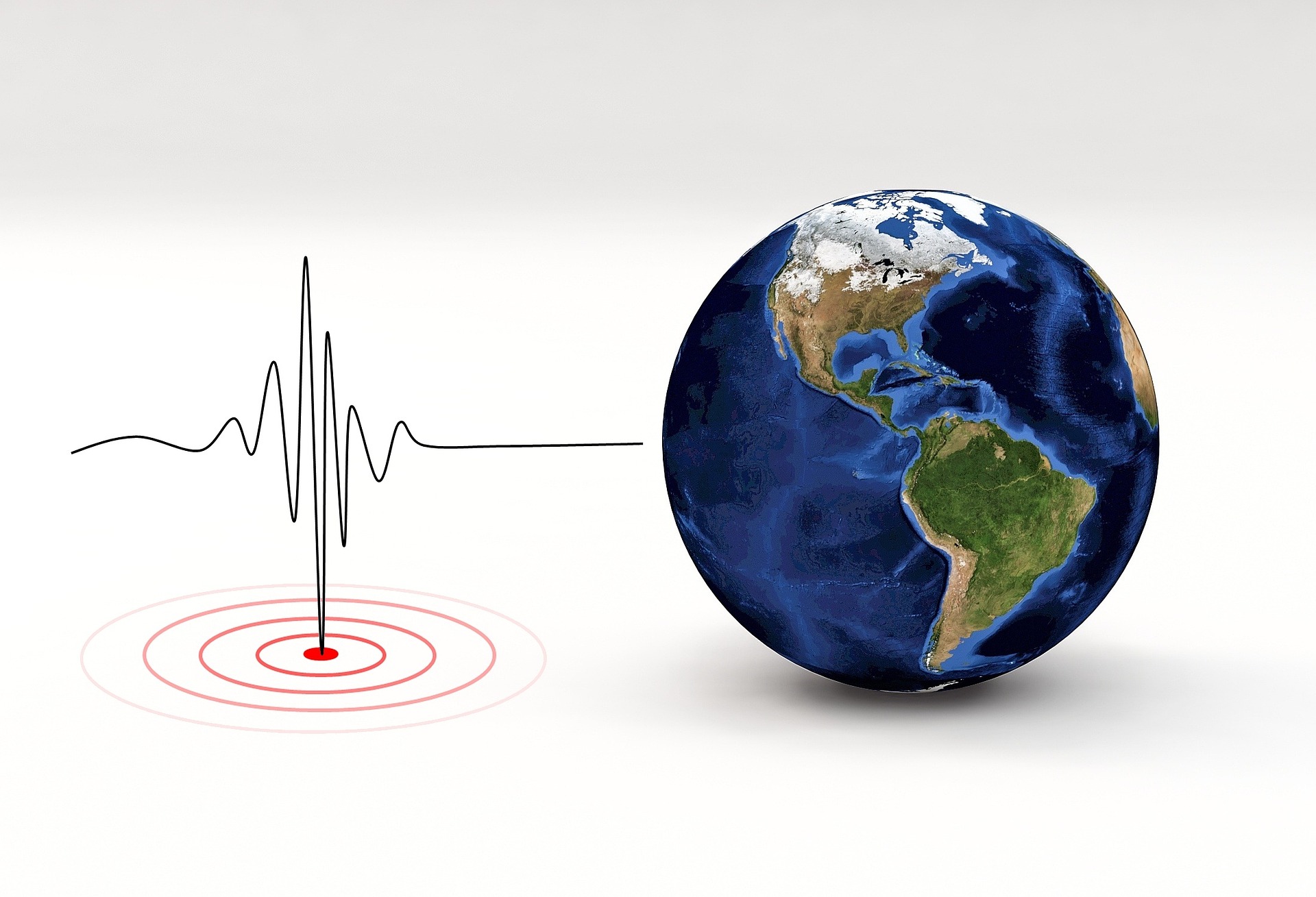GFZ: central Peru experiences 5.7-magnitude earthquake
(MENAFN) Central Peru was shaken by a 5.7-magnitude earthquake on Tuesday, the GFZ German Research Centre for Geosciences confirmed. The earthquake hit at precisely 19:39:36 GMT, impacting a number of communities in Peru's central region. Initial reports suggest the tremor was widely felt, sparking immediate concerns about the safety of residents and the stability of buildings in affected areas.
The epicenter of the quake was pinpointed at coordinates 12.84 degrees south latitude and 75.13 degrees west longitude, an area known for frequent seismic activity. This location falls within a tectonically active zone in Peru, where such events are not uncommon due to the region’s position along the boundary between the Nazca and South American tectonic plates. Earthquakes in this zone can occasionally lead to aftershocks, heightening concerns in the immediate aftermath of the tremor.
According to the GFZ, the earthquake struck at a relatively shallow depth of just 10 kilometers beneath the Earth's surface. Shallow earthquakes like this often produce more intense shaking on the ground above, making them more likely to cause structural damage or landslides, especially in mountainous or rural areas. Authorities and local residents are now likely to monitor for any potential aftershocks or additional seismic activity.
In the hours following the quake, Peruvian emergency services and local authorities are expected to assess the situation and evaluate any damages or risks to infrastructure. Initial assessments will focus on identifying potential harm to buildings, roads, and other structures critical for transportation and local livelihoods, as well as ensuring the safety of residents.
The epicenter of the quake was pinpointed at coordinates 12.84 degrees south latitude and 75.13 degrees west longitude, an area known for frequent seismic activity. This location falls within a tectonically active zone in Peru, where such events are not uncommon due to the region’s position along the boundary between the Nazca and South American tectonic plates. Earthquakes in this zone can occasionally lead to aftershocks, heightening concerns in the immediate aftermath of the tremor.
According to the GFZ, the earthquake struck at a relatively shallow depth of just 10 kilometers beneath the Earth's surface. Shallow earthquakes like this often produce more intense shaking on the ground above, making them more likely to cause structural damage or landslides, especially in mountainous or rural areas. Authorities and local residents are now likely to monitor for any potential aftershocks or additional seismic activity.
In the hours following the quake, Peruvian emergency services and local authorities are expected to assess the situation and evaluate any damages or risks to infrastructure. Initial assessments will focus on identifying potential harm to buildings, roads, and other structures critical for transportation and local livelihoods, as well as ensuring the safety of residents.

Legal Disclaimer:
MENAFN provides the
information “as is” without warranty of any kind. We do not accept
any responsibility or liability for the accuracy, content, images,
videos, licenses, completeness, legality, or reliability of the information
contained in this article. If you have any complaints or copyright
issues related to this article, kindly contact the provider above.
Most popular stories
Market Research

- What Does The Europe Cryptocurrency Market Report Reveal For 2025?
- United States Kosher Food Market Long-Term Growth & Forecast Outlook 20252033
- Utila Triples Valuation In Six Months As Stablecoin Infrastructure Demand Triggers $22M Extension Round
- Meme Coin Little Pepe Raises Above $24M In Presale With Over 39,000 Holders
- FBS Analysis Highlights How Political Shifts Are Redefining The Next Altcoin Rally
- 1Inch Becomes First Swap Provider Relaunched On OKX Wallet






















Comments
No comment